Dr. Sean Hoban
Our August Conservation Champion, Dr. Sean Hoban, is the consummate tree conservation biologist. His work to help understand and improve the conservation value of tree collections held in gardens and arboreta, as well as the ways botanic gardens may collaborate to secure tree diversity, is exemplary. His work has led to hands-on advice for seed collectors and for improving global policy. We appreciate his valuable contributions to the science of plant conservation and the CPC network!
When did you first fall in love with plants?
I have always loved forests, and my career in tree conservation could have been predicted from a young age. Two experiences were probably the most formative. First were numerous weekend backpacking trips in Kentucky, Virginia, and Indiana throughout middle school and high school. Seeing the forest change as we hiked up mountains; seeing the same forest in different seasons and types of weather; seeing forests with different types of human impact; and understanding the web of life, change, and ecology – all had a great impact. Second was becoming aware of high levels of deforestation of the Amazon rainforest around my eighth-grade year – the images, news stories, and statistics during one of the peaks of tropical deforestation gave me a desire to contribute to conservation.
What was your career path to Tree Conservation Biologist?
After these formative experiences with forests, combined with my curiosity and inquisitiveness, I knew I wanted to be a biologist of some type. I pictured myself at the Forest Service or some other organization with a strong mission and a long-timeframe vision. I also really enjoyed university and was on the track to become a professor. But during graduate school at the University of Notre Dame and afterwards – when I spent two years in Europe working on conservation policy, then working at the University of Tennessee – I learned about botanic gardens and seed banks, and I knew that this could be a great place for me. In fact, it was CPC members Naomi Fraga (California Botanic Garden) and Michael Way (Kew Millennium Seed Bank Project) who really helped immerse me in the botanic garden world! I will always be indebted to their kind invitations to visit their institutions, discuss my work, and learn about plant conservation challenges to work on, which helped me bridge the gap between my academic background and applied work.
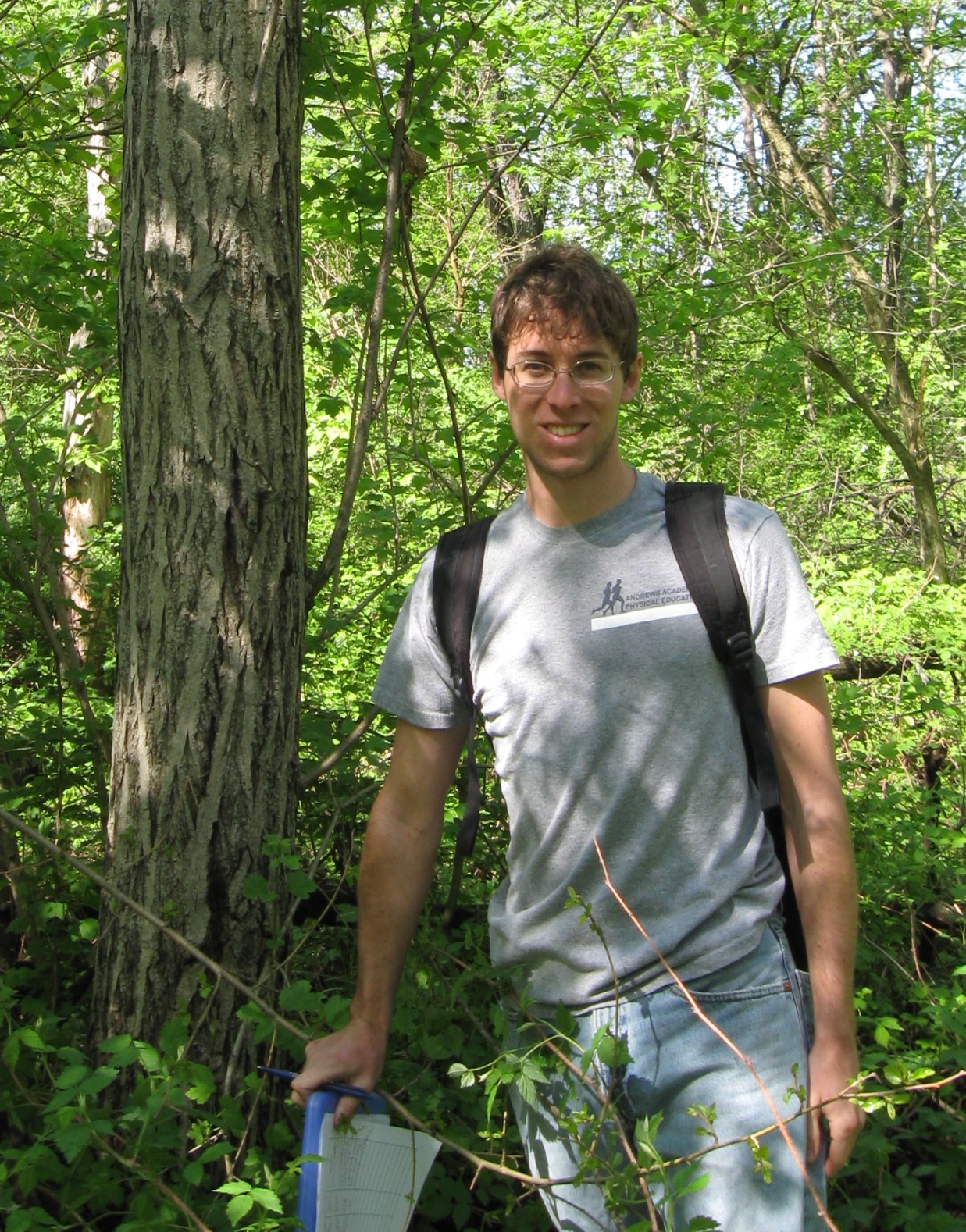
What advice do you have for newcomers to the field of plant conservation?
This is a hard one, because there’s not just one career type or contribution that can be made to plant conservation. All skills and backgrounds are needed, from taxonomy and botany to data science, communication, and horticulture. One important thing is to have some interdisciplinary training – to have a specialty, but also wide knowledge across multiple fields. It’s also valuable to cultivate networks of people you meet – because plant conservation sure is a team effort!
Please share about one of your current projects at The Morton Arboretum.
A team of colleagues at The Morton Arboretum are trying to quantify and understand the conservation value of our tree collections by collecting metrics beyond the number of species. For several decades, botanic gardens have been seeking ways to increase conservation value – the usefulness of our collections to conservation, horticulture, tree breeding, scientific understanding, and more. We apply a data-driven approach that uses phylogenetic, genetic, and environmental tools, along with cultivar checklists and assessments of threatened species, to quantify our progress towards these different elements of ‘value.’ To begin with, we are focusing on four genera that have different strengths and histories (Malus, Ulmus, Quercus and Tilia). We hope that our work will assist decision-making for accessioning and deaccessioning, as well as our ability to measure changes to The Morton Arboretum collections over time. This work is generously supported by the Institute for Museum and Library Services grant MA-30-18-0273-1.8.
What are some of the challenges you face in your work?
The challenges that come to mind are common to most of us working in nonprofits or in conservation or scientific areas: funding; balancing a host of tasks, from administration to recruiting to balancing budgets; and finding time for reading about advances in the field. But I am blessed to be in a really great line of work with great colleagues, and I have lots of help tackling these challenges. Another big challenge for me is one that most conservationists face – determining when I have done enough and taking time away from work to recharge, when there is so much that needs to be done! A final challenge has been learning how to engage with international conservation policy, such as the post-2020 global biodiversity framework at the upcoming Convention on Biological Diversity. Crafting policy wording that is short and clear, and reaching a middle ground between complexity and simplicity, has been a process of trial and error over several years.
What emerging science (methods, approaches, discoveries) and/or trends in conservation excite you most?
I’ve been really excited over the past decade to see science becoming more open with data, protocols, and more, including databases and tools that are free to access online. I have high hopes that this will make conservation more effective and will increase cooperation – including understanding who is safeguarding what, which germination protocols work for what species, who has expertise that can help in a given place, and where species are most threatened. I am also excited by advances in saving recalcitrant seeds, and I look forward to the upcoming conference on exceptional species conservation!
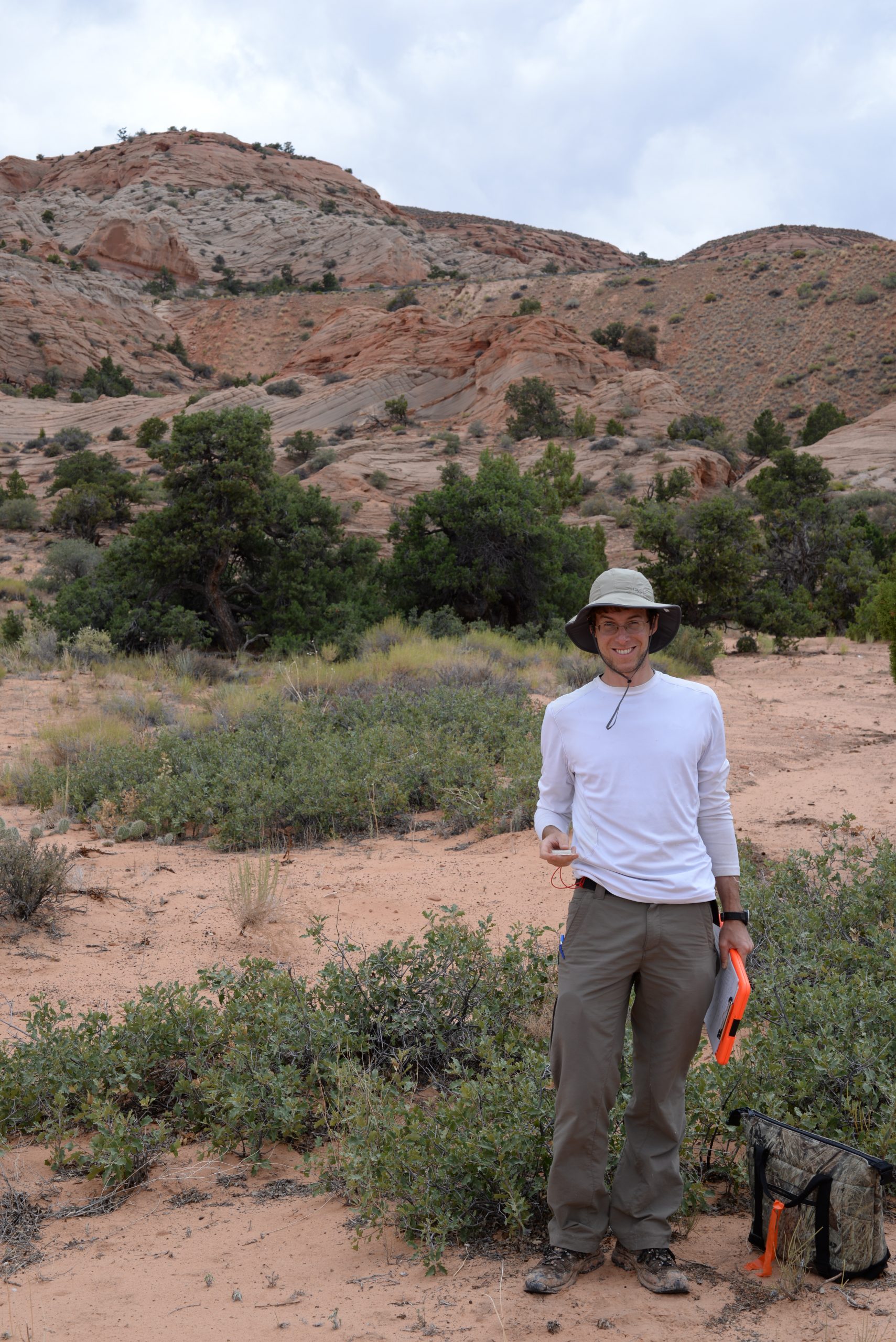
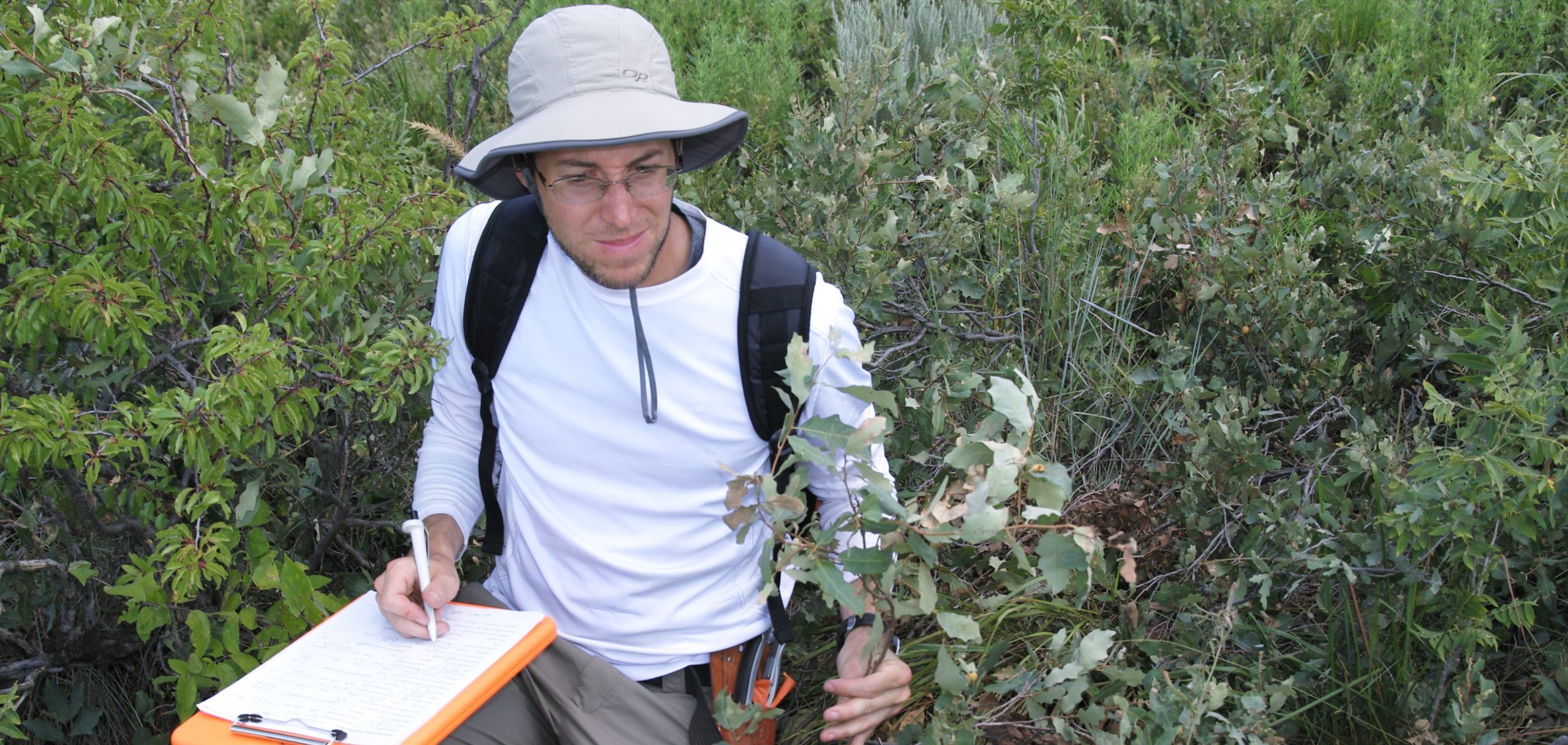
What has it meant to you to be a member of the CPC network? How has CPC supported your work?
To me, CPC has meant having really supportive colleagues and friends engaged in a common cause. CPC helps me to play a role in diverse teams who have creative ideas, and I have learned so much. I receive so much inspiration from colleagues on the ground – from the state-level plant conservation alliances, and from those who are restoring habitats, experimenting with tissue culture, developing policy, advocating, and surveying, and exploring. I have also had chance encounters at CPC meetings that have led to new projects, and wonderful opportunities to contribute to the CPC guidelines and to allow my students and laboratory members to present their work.
What advice would you give to the public who want to learn more about how they can help save imperiled plant species?
Sign up for the CPC newsletter! I read it each month and get a lot out of it – inspiration and ideas. Other sources of learning include The Nature Conservancy and the news websites Mongabay and Yale Environment 360, which cover all sorts of environmental and conservation issues around the world. Of course, the podcast In Defense of Plants is a unique and informative resource as well. Lastly, be sure to find and visit your local botanic gardens!
-
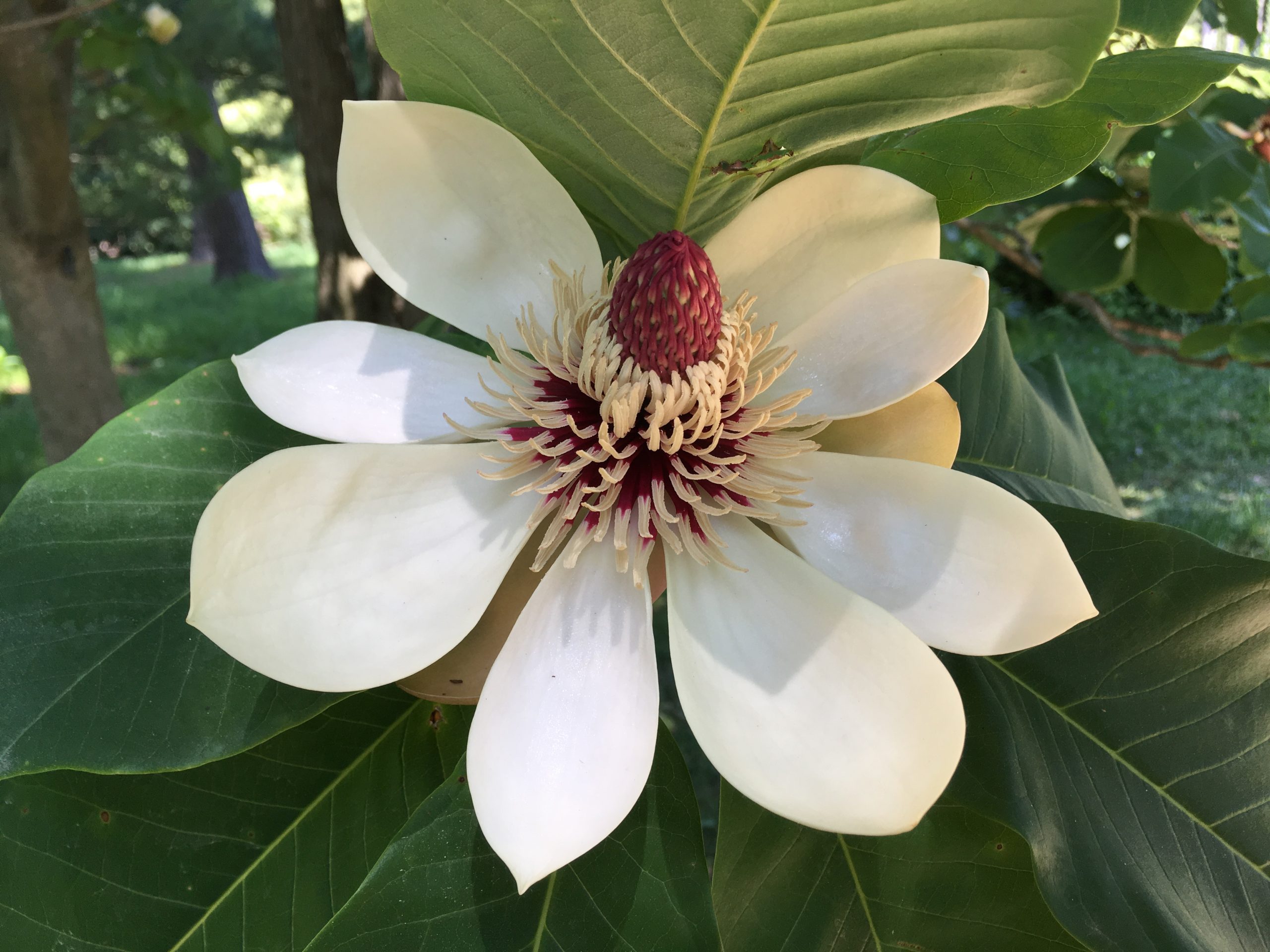
A favorite magnolia blossom seen during Sean's first summer at The Morton Arboretum. Photo by Sean Hoban. -
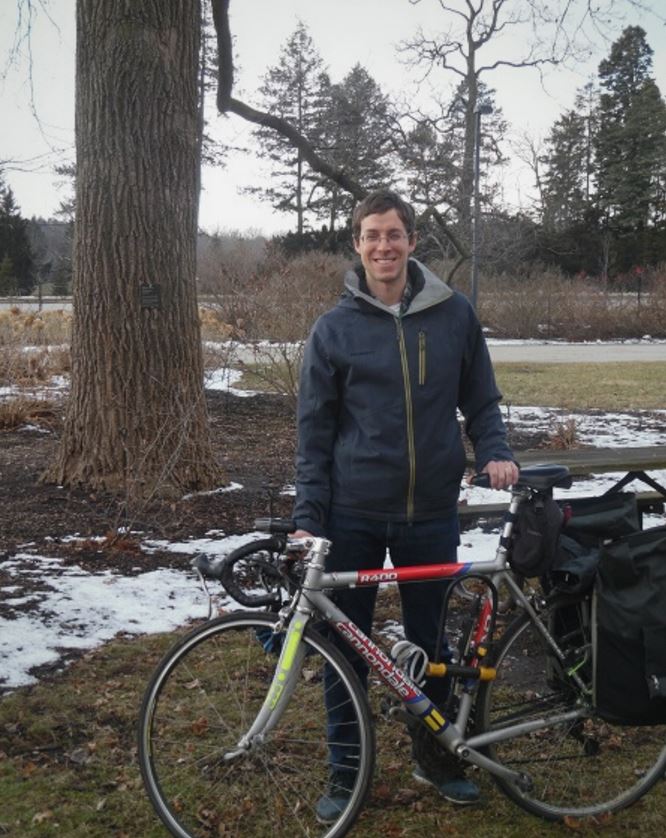
Sean Hoban with a tulip tree (Liriodendron tulipifera) at The Morton Arboretum, with his major hobby - his bike! Photo by Colleen Emrick. -
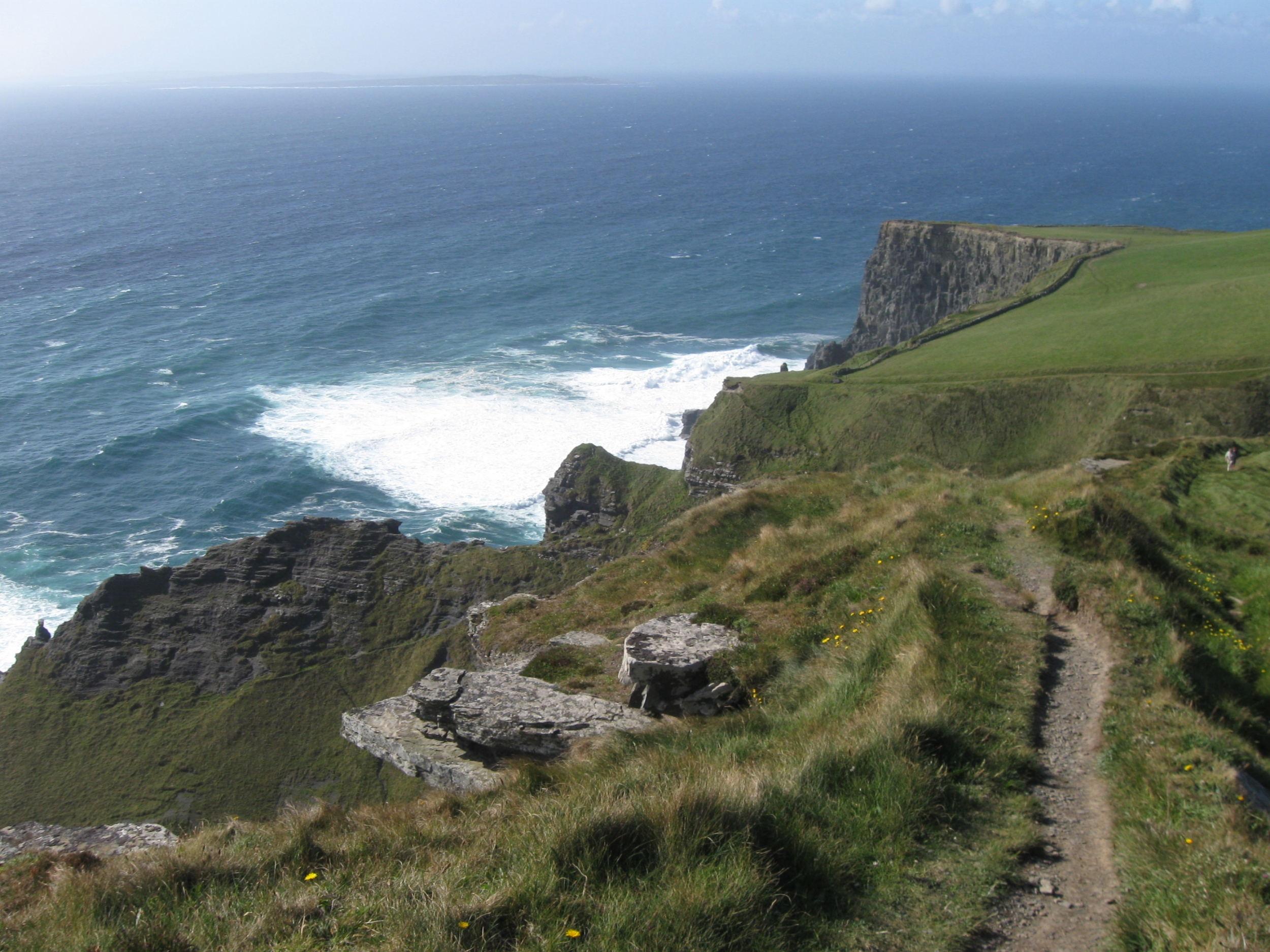
During his first postdoc working on conservation outreach and capacity building in Europe, Sean had several amazing experiences, including hiking the French Alps, seeing olive groves in Italy, and walking the cliffs of Ireland. Photo by Sean Hoban.